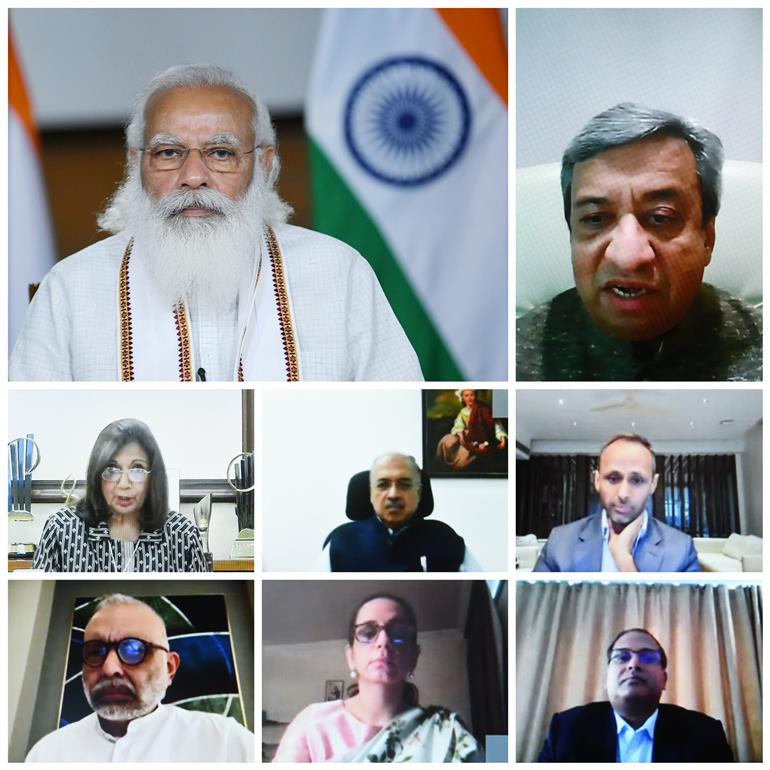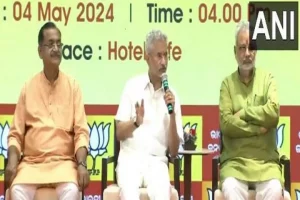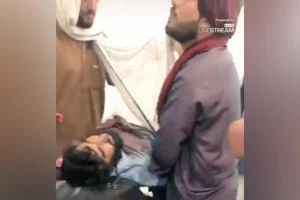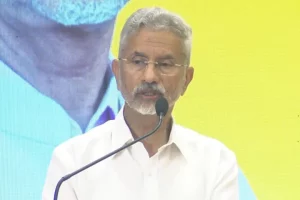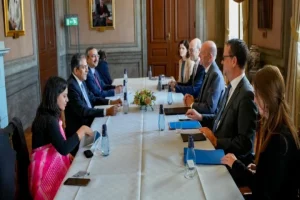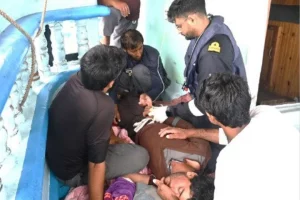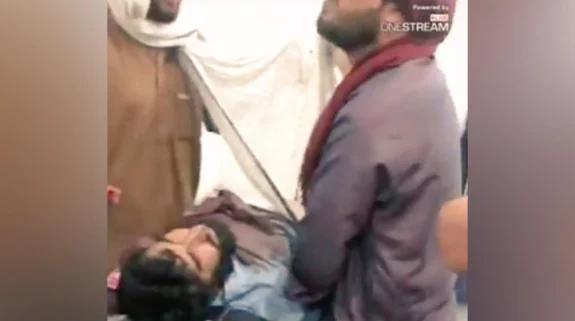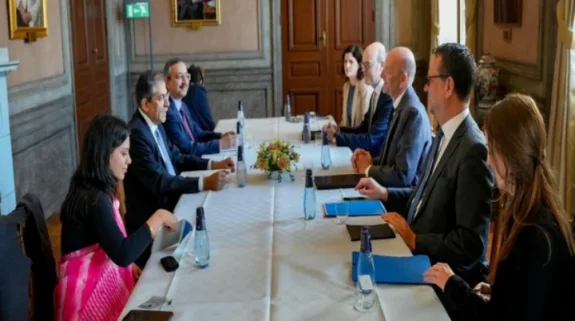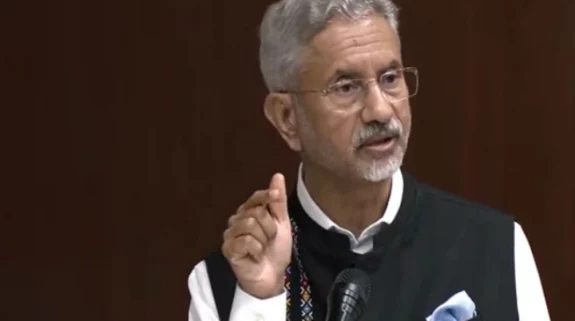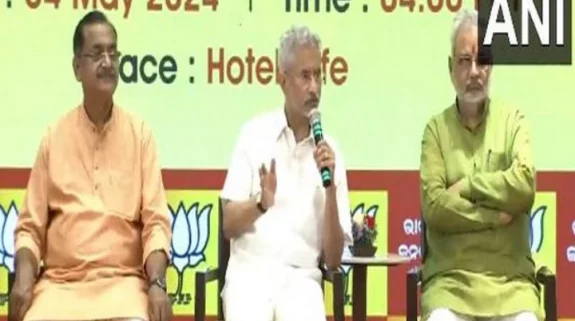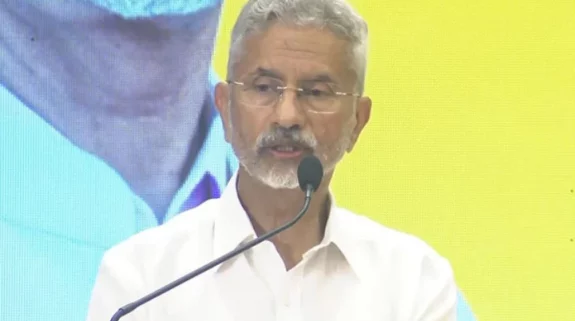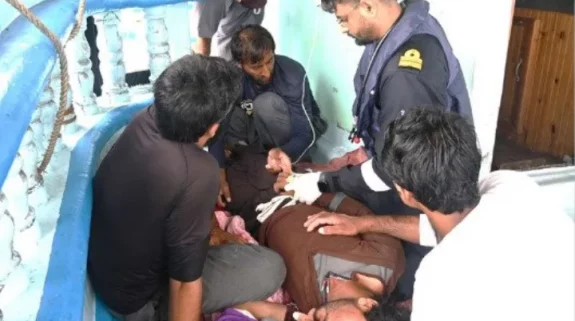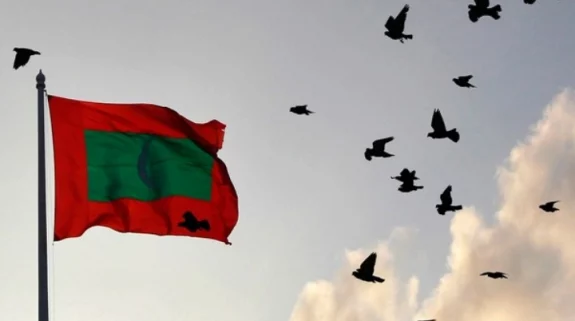Caught on the wrong foot, India is now fighting back in full battle gear to counter the second wave of Covid-19. Here are a few pointers of a grand strategy to break the back of this aggressive disease.
Expansion of vaccination drive
As part of the crucial Phase 3 of the vaccination drive, the Government took a major decision on Monday. The Covid- 19 vaccination programme was opened up for all Indians above the age of 18 from May 1.
This apart, vaccine manufacturers have been empowered to release up to 50 per cent of their supply to the State Governments and in the open market at a pre-declared price.
Additionally, States have been empowered to procure additional vaccine doses directly from the manufacturers, as well as open up vaccination for all above the age of 18.
To keep pace with this unprecedented drive more Covid Vaccination Centres (CVCs) are being mushroomed. On Monday CVC numbers touched a record 73,600. In the days to come, this figure is bound to go north. More paramedics and vaccinators are being trained on an industrial scale.
Also read: India extends vaccination drive to all citizens above 18 years of age
Stepping up vaccine production
This is the key. Vaccinating most of the Indian population is the centrepiece of the grand strategy to defeat the pandemic, fully open the economy and build India's capacity to emerge as the vaccine maker of the world in the future.
On Monday, Rs.4,500 crore was allocated to ramp up production of two major Indian vaccine producers–Serum Institute of India (SII) and Bharat Biotech. While Rs 3,000 crore of this amount was allocated to SII, Rs 1,500 crore will go to Hyderabad-based Bharat Biotech.
Adar Poonawalla, SII CEO was seeking Rs 3,000 crore from the government to expand the company’s vaccine producing capacity beyond the 100 million doses a month mark.
To increase production of home-grown Covaxin by a whopping 10-fold to 100 million doses a month by September, two public sector companies, one at Bulandhshahar in UP and another at Hyderabad, will also start manufacturing the vaccines. These are Bharat Immunological and Biologicals Limited (BIBCOL) , Bulandshahr, and Indian Immunological Limited (IIL), Hyderabad.
In an earlier decision, the Maharashtra Government-owned Haffkine Biopharmaceutical Corporation Ltd, Mumbai, was roped in to manufacture Covaxin.
Also read: India set to ramp up vaccine output with Rs 4,500 cash injection
Last week it was also decided to fast-track approvals for foreign-produced COVID-19 vaccines that have been granted emergency authorisation in other countries. Thus it paved the way first for Johnson & Johnson and then Novavax, both US vaccines, to be produced in the country soon.
While J&J has a deal with Indian firm Biological E Ltd to contract-manufacture its vaccine Novavax has an agreement with Serum Institute of India.
Significantly, last week also saw the Government deciding to give the go-ahead for the production and distribution of Russia’s Sputnik V vaccine in the country.
A total of five Indian companies have signed agreements for the production of Sputnik V. The total capacity works out to around 950 million doses a year. These companies are Dr. Reddy’s Laboratories, Panacea Biotec, Virchow Biotech, Stelis Biopharma and Gland Pharma.
Also read: After Sputnik V, Johnson & Johnson poised for India entry as govt eases rules for vaccines
Ramping up oxygen supplies
Concerned with the increasing number of Covid-19 cases has led to spiralling oxygen demand. The government has stepped in with a slew of measures.
Orders have been issued to rush oxygen meant for industries to hospitals.
Supplies of liquid oxygen are being fast-tracked to the worst hit states — Maharashtra, Chhattisgarh, Tamil Nadu, Karnataka, Punjab and the capital Delhi. Plans were drawn up to rush 17,092 metric tonnes of medical oxygen to these states. All oxygen plants in the country have been told to work round-the-clock.
Keeping in mind the demanding logistics, Indian Railways have been roped in to ensure its speedy delivery. T geared to run Oxygen Express trains are being run along a "green corridor" for the speedy transit of the Liquid Medical Oxygen (IMO).
Last night, the first Oxygen Express left from Mumbai region to Vizag to take oxygen. The Ro-Ro service with 7 empty tankers departed from Kalamboli goods yard for Visakhapatnam steel plant where it will be loaded with LMO.
Railways is running its first Oxygen Express in its fight against COVID-19. The Ro-Ro service with 7 empty tankers departed from Kalamboli, Maharashtra for Vizag today.
Oxygen Express will move via a green corridor for loading with Liquid Medical Oxygen. pic.twitter.com/TonlClDdQf— Piyush Goyal (@PiyushGoyal) April 19, 2021
Stepping at the right time, the Defence Research and Development Organisation (DRDO) developed SpO2. The SpO2 (Blood Oxygen Saturation) supplemental Oxygen Delivery System for soldiers posted at extreme high-altitude areas prevents a person from sinking into a state of Hypoxia. This automatic technique can prove to be very useful during the current pandemic Covid-19 situation.
DRDO also moved in to set a makeshift hospital in Lucknow which is to have its own oxygen supply. According to sources, the medical oxygen plant was developed by DRDO as a spin-off technology of the 'On board oxygen generation system' (OBOGS) of the Light Comat Aircraft (LCA) Tejas. This is the first time that this is being done.
Rising to the occasion, the public sector undertaking Indian Oil Corporation (IndianOil), began supplying 150 MT of medical oxygen at "no cost" to various hospitals in Delhi, Haryana and Punjab. It also diverted the high-purity oxygen used in its 'Mono Ethylene Glycol' (MEG) unit to produce medical-grade liquid oxygen at its Panipat Refinery and Petrochemical Complex.
Also read: Govt diverts oxygen from industrial use to hospitals as Covid cases rise
Also read: Centre rushing 17,000 tonnes of oxygen to Covid-hit states as PM takes stock of situation
Also read: Rlys to create green corridor for fast movement of oxygen
Also read: DRDO’s Oxygen Delivery System, a boon in Covid-19 pandemic
Also read: Technology used for fighter pilots to provide uninterrupted oxygen supply in DRDO Covid-19 hospital
Also read: IndianOil starts oxygen supply to Delhi, Haryana, Punjab
Mask Up India Movement
Keeping in mind the dictum that prevention is better than cure, Government institutions, civic bodies and police have stepped up to enforce the masking regimen strictly.
Indian Railways has started imposing a fine of up to Rs 500 on the passengers for not wearing face masks in the railway premises or during the travel in trains, for a period of six months. Likewise, other public transport, like State Transport Corporations and Metros, too are strictly enforcing this rule.
Suggesting an improvement in the quality of masks it is now recommended to use two face coverings. According to scientists this can nearly double the effectiveness of filtering out SARS-CoV-2-sized particles, preventing them from reaching the wearer's nose and mouth and causing Covid-19.
Speaking in the same vein, the All-India Institute of Medical Sciences chief Dr. Randeep Guleria emphasised the need to use N95 masks for staying safe from the deadly disease. He also said it is essential to keep all rooms well ventilated so that aerosols through which the disease can be transmitted, are not left hanging in the air. The doors and windows of a room should be kept open, he added.
Also read: Indian Railways to impose a Rs 500 fine on passengers not wearing masks
Also read: Wear two masks for double protection against Covid-19
Also read: AIIMS chief says N95 masks are a must as Covid spreads via airborne transmission too
Blocking panic spreaders
The Indian Council of Medical Research (ICMR) chief Dr Balram Bhargava recently said that Covid cases in the second wave of Covid 19 are less severe than the first one. “If you see the symptoms, severity is very less this time.”
Also read: Second Covid wave cases are less severe than first, says ICMR chief






